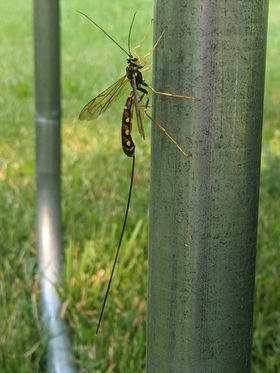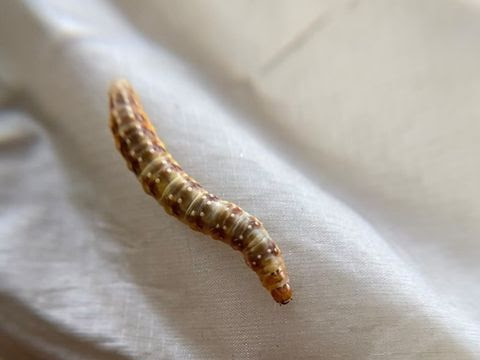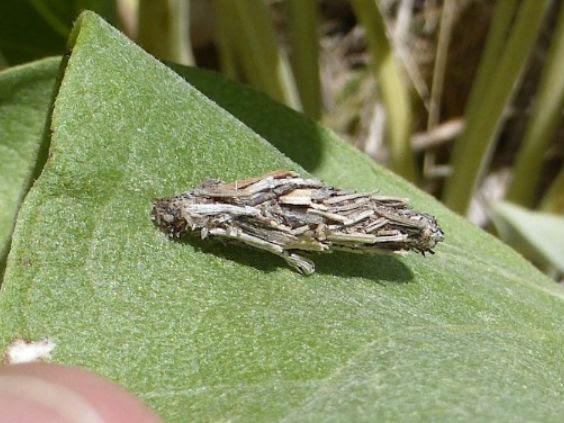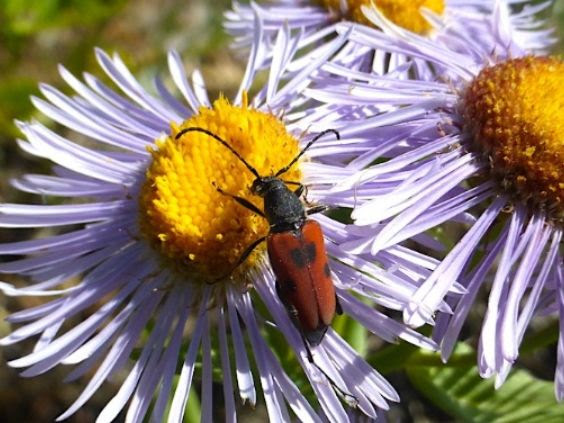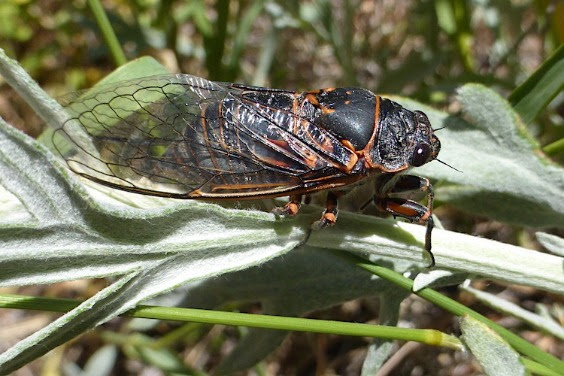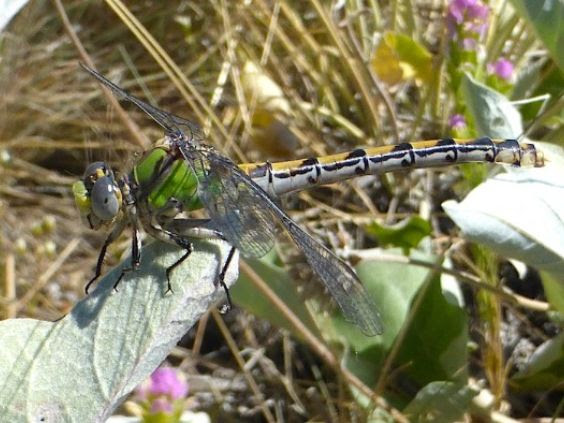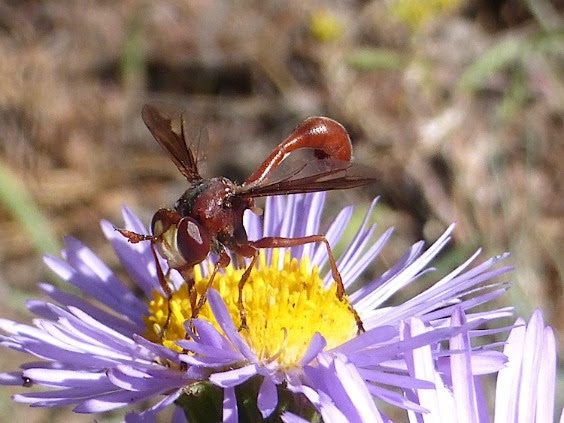This wasp’s ovipositor, the structure at the tip of the abdomen used for laying eggs, is impressive—about two times its body length. How she wields it is quite extraordinary… after […]
Read MoreArticles by: Butterfly House
Notes from the Lab: Like a Moth to a Flame
Welcome back to the Lab! And happy National Moth Week! In celebration of our nocturnal (and diurnal!) lepidopterans, let’s explore one of the most pressing questions in lepidopterist circles to date. Moths are […]
Read MoreTortricid Moth in the genus Choristoneura
We believe this is likely the Western Spruce Budworm Moth (Choristoneura occidentalis). It is common in forests throughout the Rocky Mountain Region, where the larvae feed on needles of Douglas […]
Read MoreArctic Skipper (Carterocephalus palaemon)
Like most skippers, the adult butterflies rest with their wings closed, but you can often find them basking in the sun with their wings open to warm up when the […]
Read MoreBagworm Moth Larval Case (family Psychidae)
Bagworm moth larvae spend most of their lives inside a “bag” or case. Made of silk and covered with bits of plant material and other debris, they carry it around as they […]
Read MoreDimorphic Flower Longhorn (Anastrangalia laetifica)
This striking species of longhorn flower beetle appears to be happily feeding on aster pollen and/or nectar. They are found in western North America. The males tend to be all black / brown […]
Read MoreCicada (genus Okanagana)
While we are not 100% sure, we believe this is the Mountain Cicada (Okanagana bella). They can be found from June through July and range in the west from British Columbia […]
Read MoreRocky Mountain Parnassian (Parnassius smintheus)
Parnassians are part of the swallowtail family (Papilionidae), but don’t look like the typical bold, black and yellow or white-winged ones. They lack tails and are mostly white, with black and red markings. […]
Read MoreSinuous Snaketail (Ophiogomphus occidentis), Female
This beautiful dragonfly is uncommon in the northern part of the Northern Rockies. It has a longer flight period than most snaketail species, emerging in June and being found through […]
Read MoreThick-headed Fly (Physocephala burgessi)
At first glance, you might think this little insect is a type of wasp. But look at those stubby antennae (coming out from the center of the head) and the […]
Read More